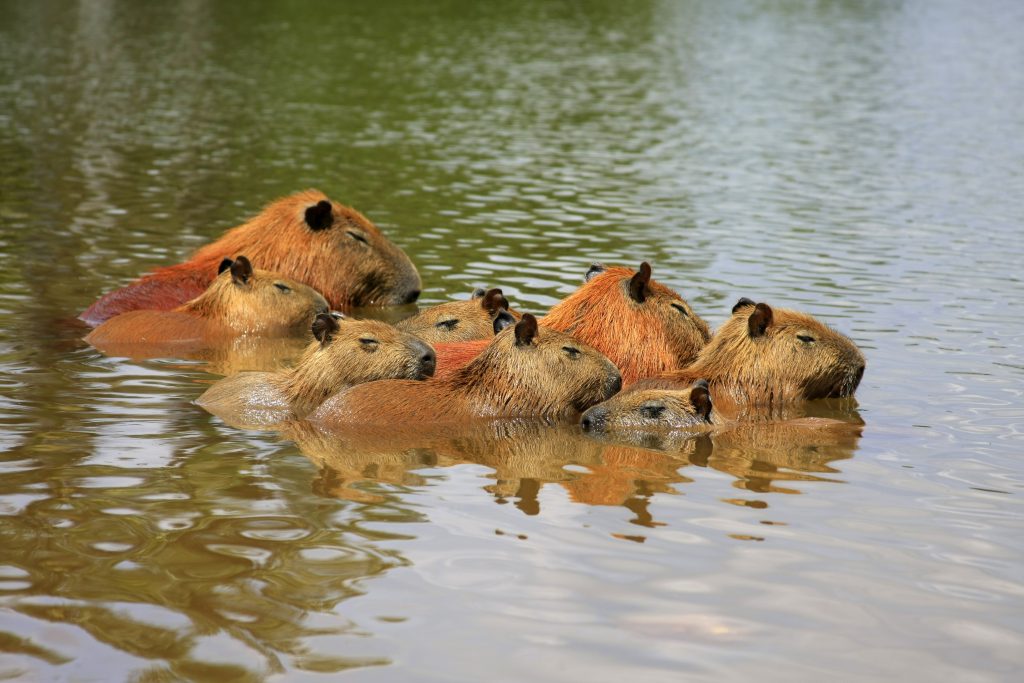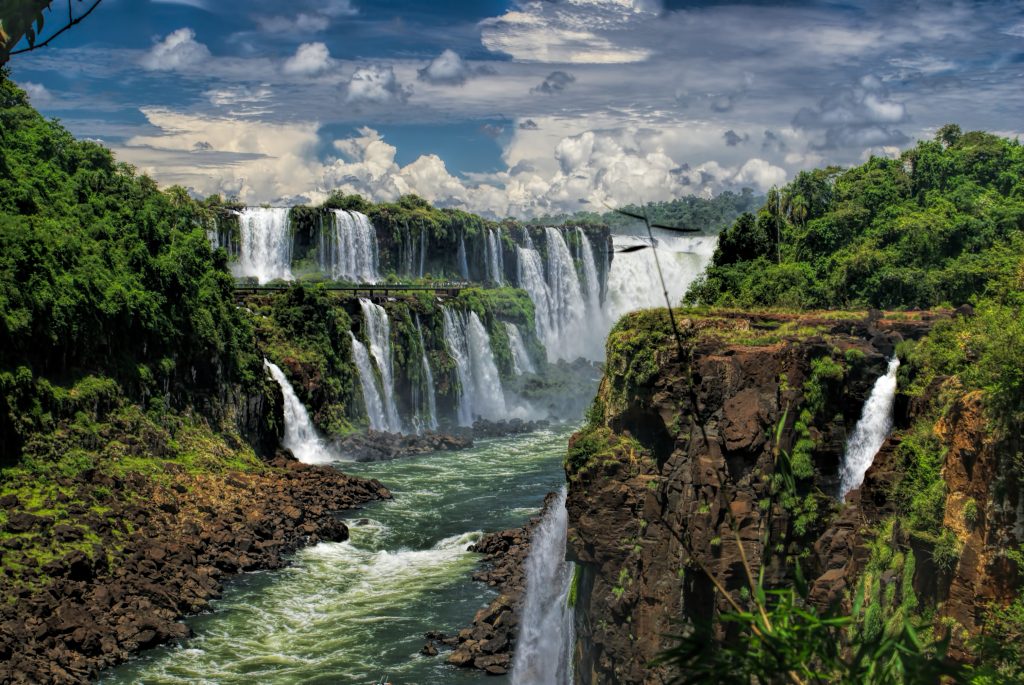Argentina’s Sustainable Tourism
With its incredible landscapes that range from imposing glaciers and ice-fields to pampas grasslands, mountains and waterfalls, Argentina is an impressive destination for sustainable ecotourism. But what exactly is ecotourism? Tourism can have a harmful impact on the environment with the destruction of its ecosystems caused by the influx of visitors. Sustainable tourism aims to preserve the biodiversity of an area, to protect the environment, to avoid contamination of a region, to promote the well-being and development of local communities and to encourage responsible behaviour by both locals and tourists alike.
Minimising your impact on the natural environment and ensuring the preservation of a tourist destination is a crucial part of sustainable ecotourism. The volume of tourists is increasing worldwide annually, but if tourist activities are carried out responsibly, then they can result in the conservation of natural resources and the preservation of areas of natural beauty.

Argentina has arguably one of the best systems of National Parks in South America, but protected areas are still under threat from development. The situation has been helped by the introduction of a forest preservation law that prohibits deforestation Deforestation has been a serious issue in Argentina for decades with the clearing of forests not only for cattle grazing but also for the cultivation of soy. Vast areas of the Chaco have been destroyed and the Yungas cloud forest has come under threat.
Argentinians are now starting to become increasingly aware of the natural resources that they could potentially lose if measures are not taken to preserve and sustain their environment. Over the last century, two-thirds of Argentina’s native forests have been destroyed.
Tourism can assist in the protection of National Parks and Reserves as the income generated through entrance fees and tours by local guides provides a great reason why such areas should be protected into the future.
The Iguazu Falls National Park and Ibera Wetlands are two examples of important ecotourism regions in Argentina.

Iguazu National Park
The Iguazu National Park was declared a National Park in 1934. It was listed as a World Heritage Site in 1984, being one of the most stunning natural sites in the world and home to a diverse range of plant, bird and animal species. In conjunction with neighbouring Iguaçu National Park in Brazil, it constitutes one of the most significant remnants of the Atlantic Forest, a highly threatened conservation priority. The area is under threat from deforestation, the surrounding landscape having changed dramatically over the years as a result of logging, agriculture, plantation forestry and rural settlements.
The Iguazu National Park helps to conserve one of the largest and most spectacular waterfalls in the world and effective management of the protected areas is contributing to the survival of species in the area. The Iguazu Falls are one of the main tourist attractions of Argentina resulting in important economic incentives to ensure that the Park remains protected.

Ibera Wetlands
Located in the province of Corrientes in north eastern Argentina, the Ibera Wetlands are one of South America’s most important protected areas. This vast area of wetlands, the most important in Argentina, supports an incredible array of wildlife, in particular birds. This rich ecosystem is protected by a Natural Provincial Reserve as part of the RAMSAR Convention to conserve and sustainably use the wetlands. Over the years the reserve has undergone sustainable development with access routes and trails for tourists, a solar power generating station, sanitation, and waste management facilities.

Is Argentina on your list of must-see destinations? Chimu Adventures offer tours to Argentina and South America as well as tailor-made packages to suit your travel style. Click here for more information about Chimu.
